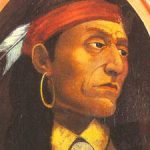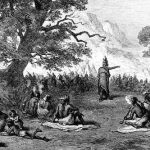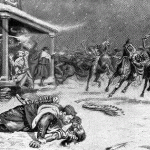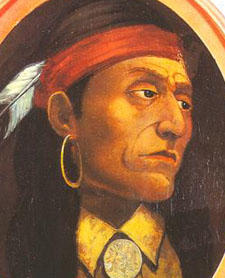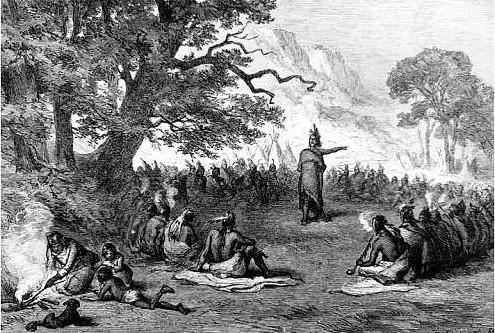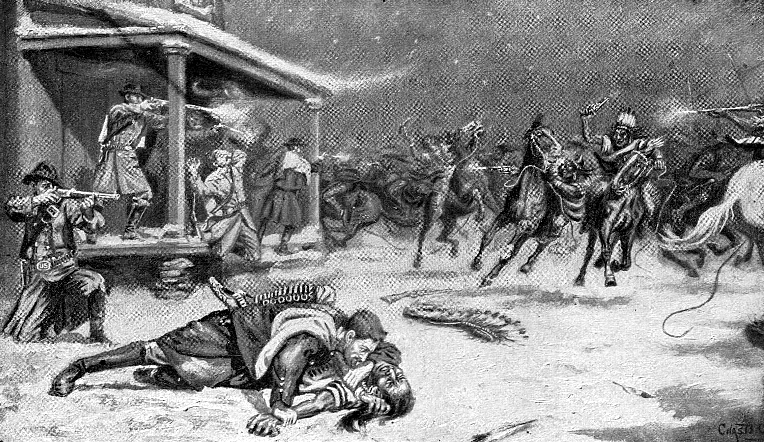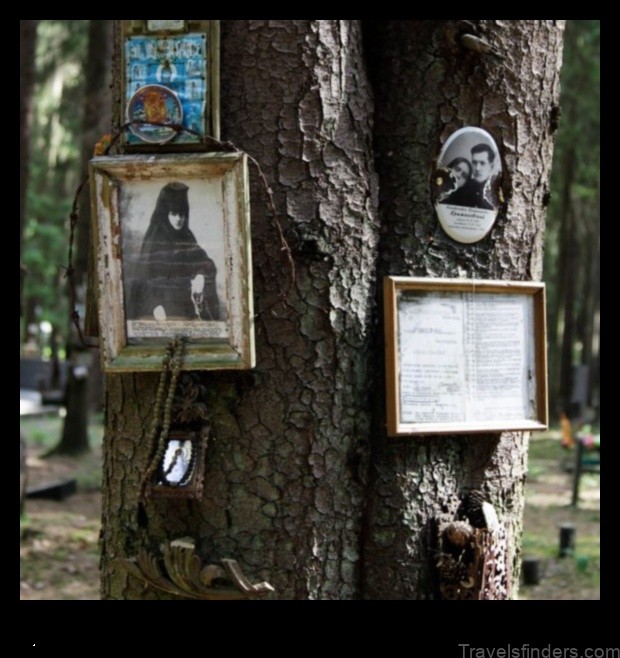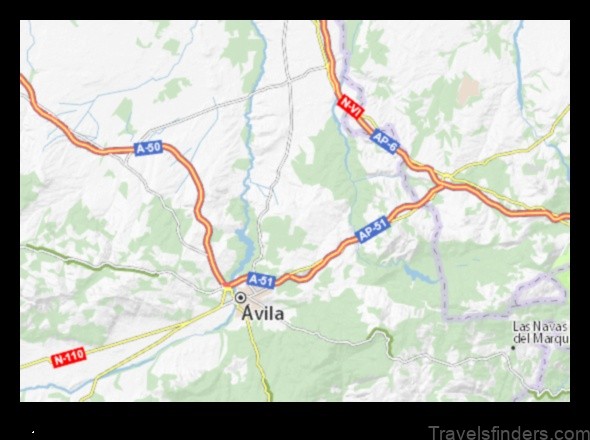Pontiac’s role in regional tribal affairs continued after the rebellion fizzled. Although he had lost influence among the native peoples near Detroit for failing
to destroy the fort, he gained prestige elsewhere for his leadership abilities and political skills. In the Wabash and the Illinois country, for instance, he
became an important man; tribes in these areas had no desire to settle with the British.
Pontiac traveled widely, enlisting new allies to resist British policies. Although he often claimed to represent the French, he more clearly represented
Algonquin resistance to British colonial rule. Some of the British came to view Pontiac as possessing almost superhuman powers. After the Shawnees
agreed to terms with the British in 1764, Pontiac began seriously to consider peace with the British.
Pontiac’s reputation as a skillful negotiator increased when he mediated a dispute between the Kickapoo and the Shawnee. In 1765, the Kickapoo
attacked a group of Shawnees who were acting as a British trader’s escort, killing several of them. The Shawnee threatened to go to war over the
incident, but the natives of the Illinois Country called in Pontiac to smooth over the differences between the groups. He did so masterfully, and in the
process went from being a war leader to being a chief. Interestingly, the number of native peoples loosely allied with Pontiac increased after his famous
rebellion.
Pontiac’s reputation and power had grown, but he had fashioned himself as the leader of a vast native empire stretching across the current Midwest. In
reality, his power was much more limited. Also, he began to behave recklessly and arrogantly, prompting a French trader to predict in 1766 that he would
be dead within a year. This ominous prediction was not off by much.
Pontiac stabbed an Illinois leader, which set in motion the chain of events that would end his life. He lost influence among the Ottawa themselves, and,
by 1768, he was living in exile among the Illinois. The most famous American Indian of his generation was without a home. In 1769, a nephew of a Peoria
chief killed Pontiac in Cahokia, a French village near present-day East St. Louis.
Pontiac’s life and death demonstrate the limits of chieftainship in the Great Lakes region in the 1760s. He was able to draw people to him with an antiBritish
message cobbled together from many different strains of thought. He took part in the cross-cultural revival/uprising that bears his name and, for a
time, believed himself to be the leader of a gigantic Native American empire. Pontiac expanded his own role far beyond what was expected or even
desired from an Ottawa war leader. In the end, his self-aggrandizement cost him his life.
Matthew Jennings
See also: Great Lakes; Native American-European Conflict; Native Americans; Ohio Country.
Bibliography
Nash, Gary B. Red, White and Black: The Peoples of Early North America. Upper Saddle River, NJ: Prentice Hall, 2000.
White, Richard. The Middle Ground: Indians, Empires, and Republics in the Great Lakes Region, 16501815. Cambridge, UK: Cambridge University Press, 1991.
White, Richard. “Pontiac.” In The Encyclopedia of North American Indians, edited by Frederick E. Hoxie. Boston: Houghton Mifflin, 1996.

